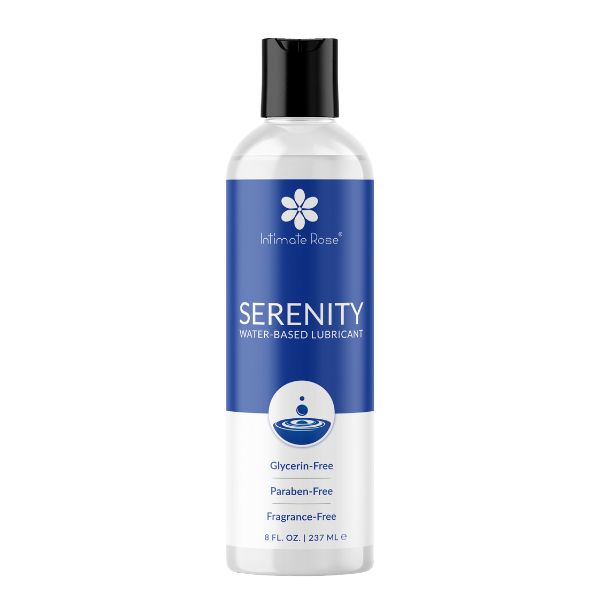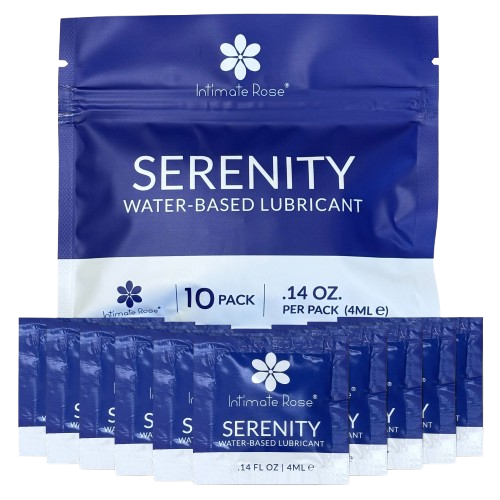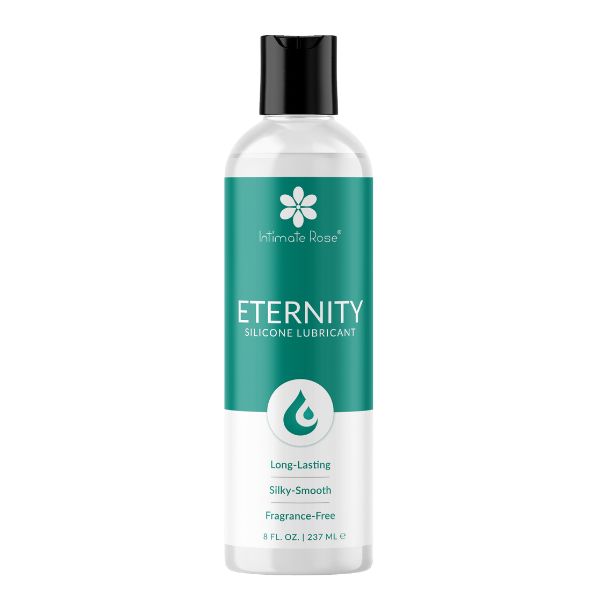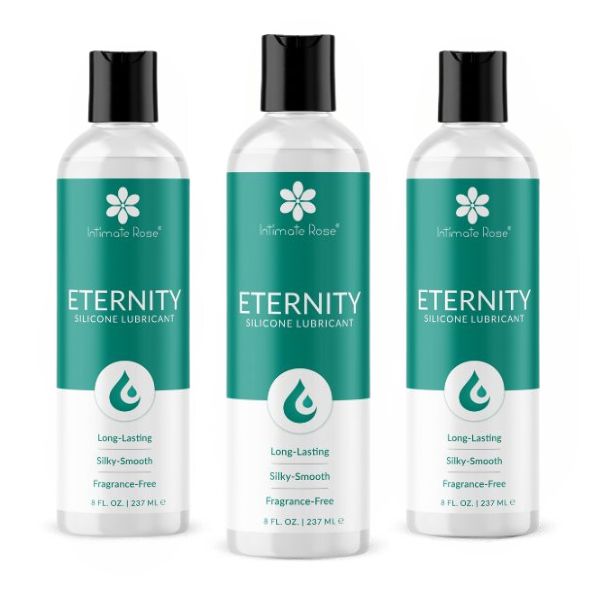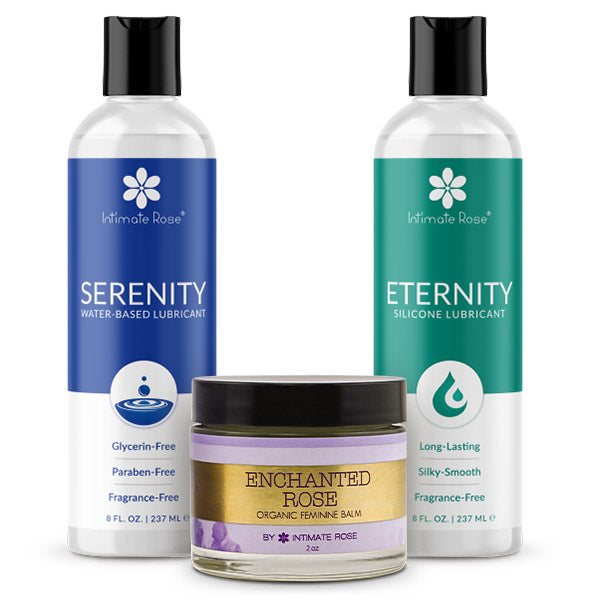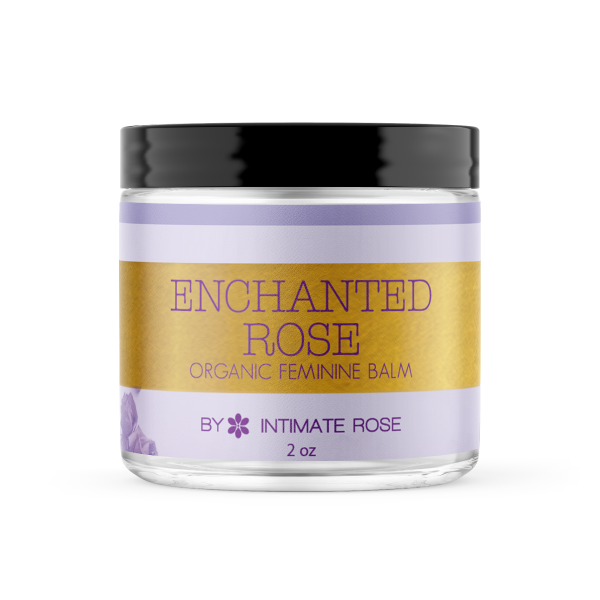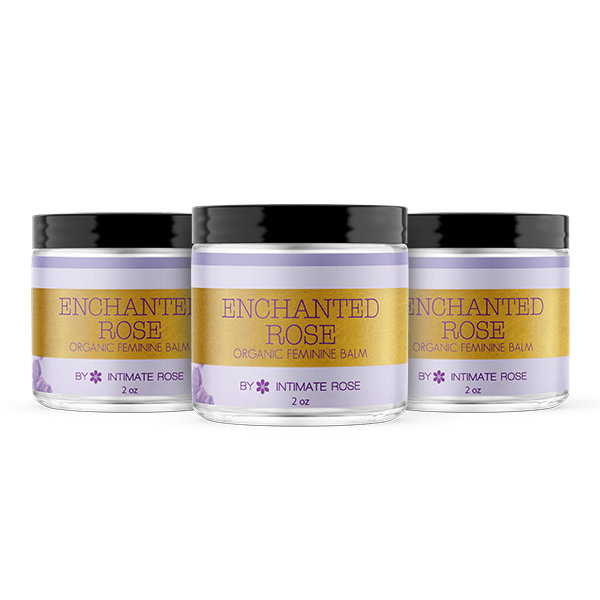Clinical Spotlight: Vaginal Weights vs. Tolterodine for Overactive Bladder
Study Design
-
Lower urinary tract symptoms (LUTS)
-
Sexual function
-
Quality of life (QOL)
-
UDI-6
-
IIQ-7
-
OAB-V8
-
Wagoner’s Questionnaire for QOL

Apply for Free Samples

Apply for Free Samples
Treatment Groups
✔️ Vaginal Weight Group:
Participants used one of four progressively heavier cones for 10 minutes, twice daily, while standing or doing light activity. Once they could maintain a weight beyond 10 minutes, they advanced to the next level.
✔️ Tolterodine Group:
Participants took 4 mg of Tolterodine daily. Both groups had check-ins at 4 and 8 weeks to monitor adherence and side effects.
Outcomes
-
Both groups showed a ~68% reduction in pad weight at 8 weeks.
-
The vaginal weight group had a significant increase in pelvic floor strength and improvements across all outcome measures—including QOL.
-
The medication group improved in all areas except the Wagoner QOL score.
-
Detrusor overactivity resolved in 8 patients using vaginal weights vs. just 2 in the medication group.
Clinical Implication
1. Yucay T., Dokmeci F, Cetinkaya S. A prospective randomized trial comparing the use of tolterodine or weighted vaginal cones in women with overactive bladder syndrome. European Journal of Obstetrics & Gynecology and Reproductive Biology. (2016)197: 91-97.
2. O’Sullivan R, Karantanis E, Stevermuer TL, Allen W, Moore KH. Definition of mild, moderate and severe incontinence on the 24-hour pad test. BJOG
2004;111(8):859–62.
Kegel Weights
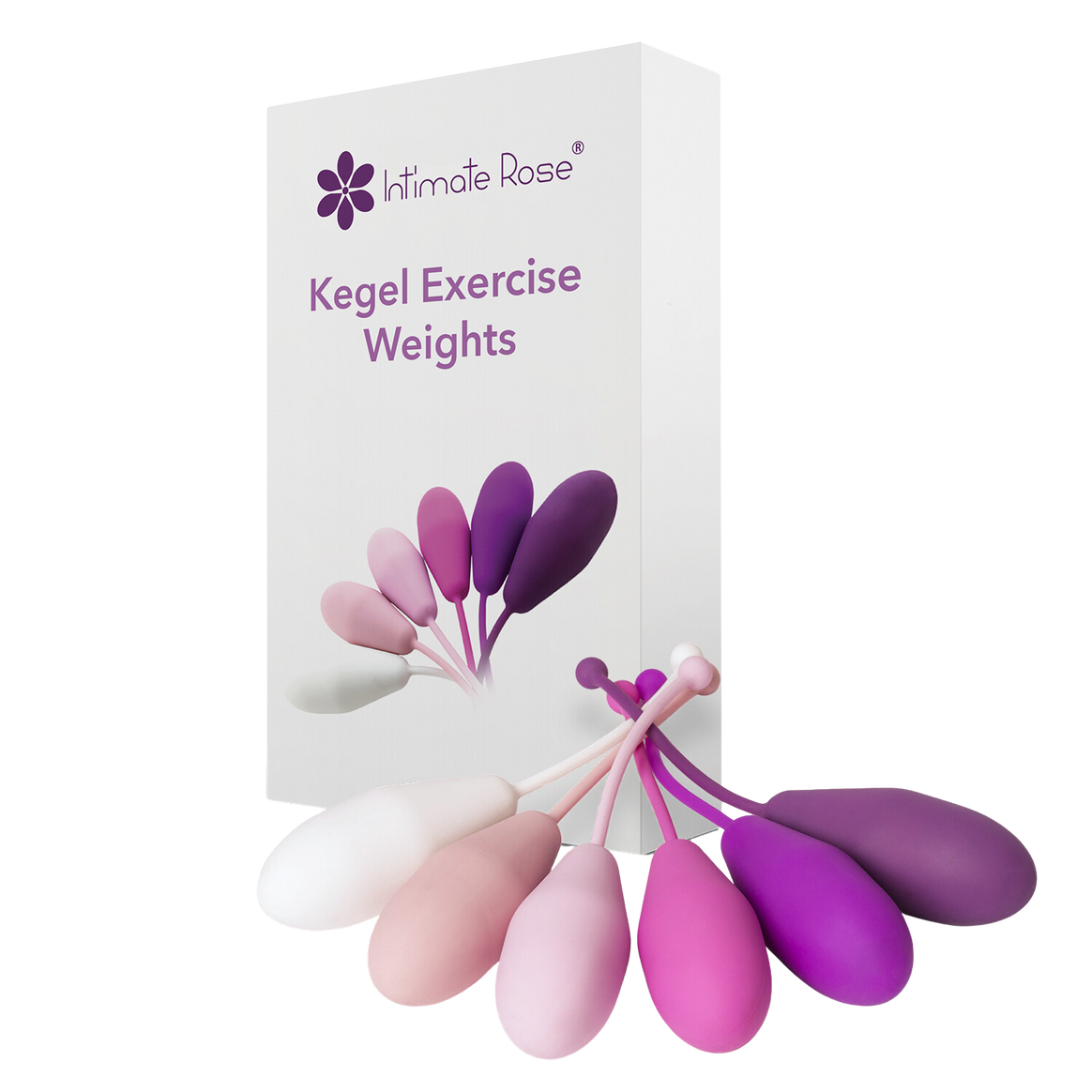

Apply for Free Samples




